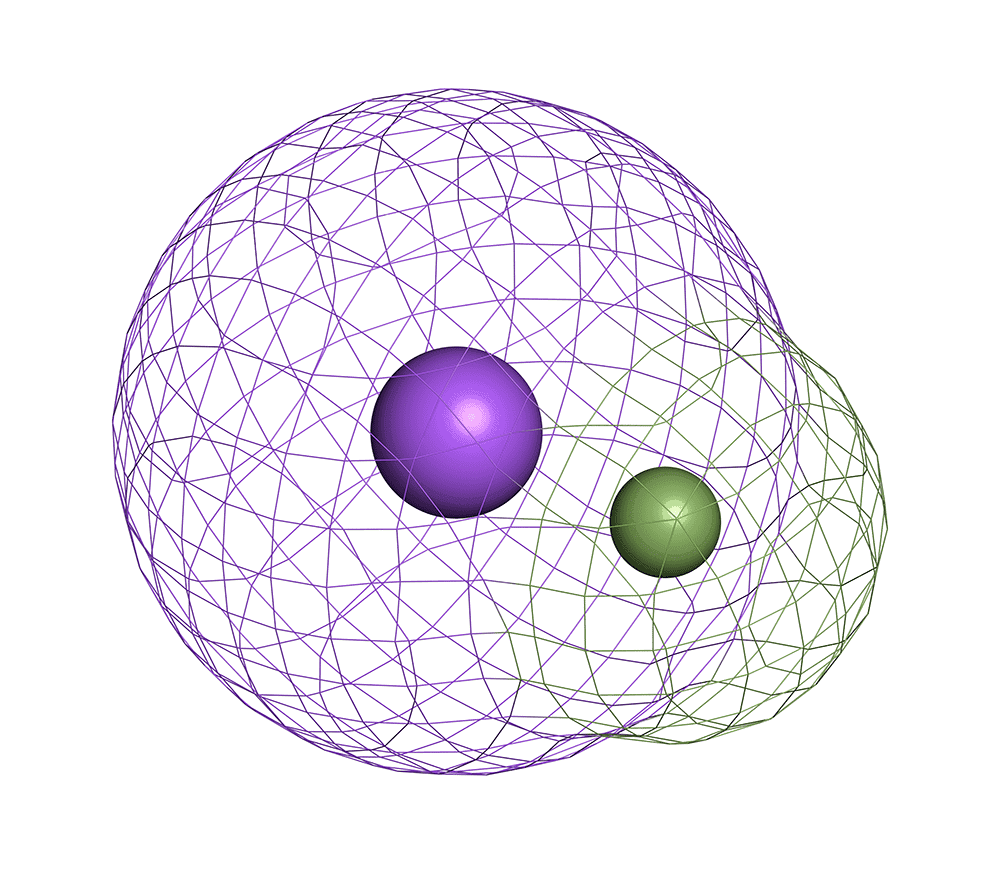Utility of F18 Fluoride PET-CT in Metastatic Bone Disease
This course comprises of a single tutorial where we aim to explain the differences between F18 Fluoride and FDG and its uses as they relate to reporting bone metastasis. The intended audience for this course is radiologists and nuclear medicine physicians who intend to train to report F18 Fluoride PET-CT in metastatic bone disease, or who otherwise encounter these studies in their practice and wish to increase their confidence, for example in the role of a presenting radiologist at an MDT.
It is expected that candidates have prior knowledge of FDG PET-CT imaging before undertaking the tutorials.
Suitable for radiologists and nuclear medicine physicians who intend to train to report F18 Fluoride PET-CT in metastatic bone disease, or who otherwise encounter these studies in their practice and wish to increase their confidence, for example in the role of a presenting radiologist at an MDT (Multi-Disciplinary Team).
-
Sobhan Vinjamuri
Prof. Dr. Sobhan Vinjamuri trained in nuclear medicine in India and the UK at St Bartholomew’s Hospital and Royal Liverpool University Hospital, where he has been a Consultant since 1998 and Lead Consultant since 2005. He chairs the Joint Specialty Committee on Nuclear Medicine at the Royal College of Physicians and is a member of the Administration of Radioactive Substances Advisory Committee. Active in medical ethics, he has chaired Research Ethics Committees since 2004 and serves on the European Association of Nuclear Medicine Ethics Committee.

